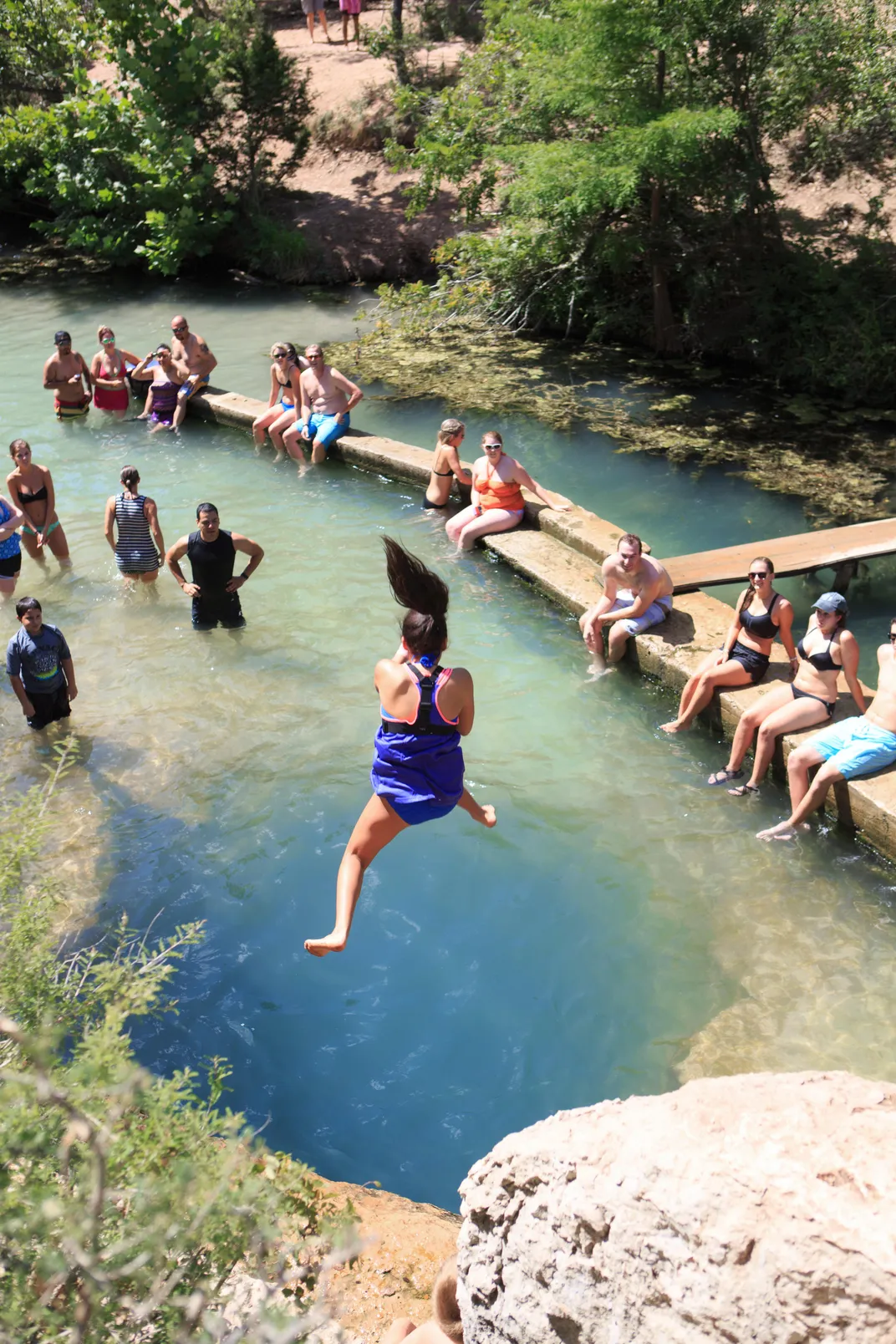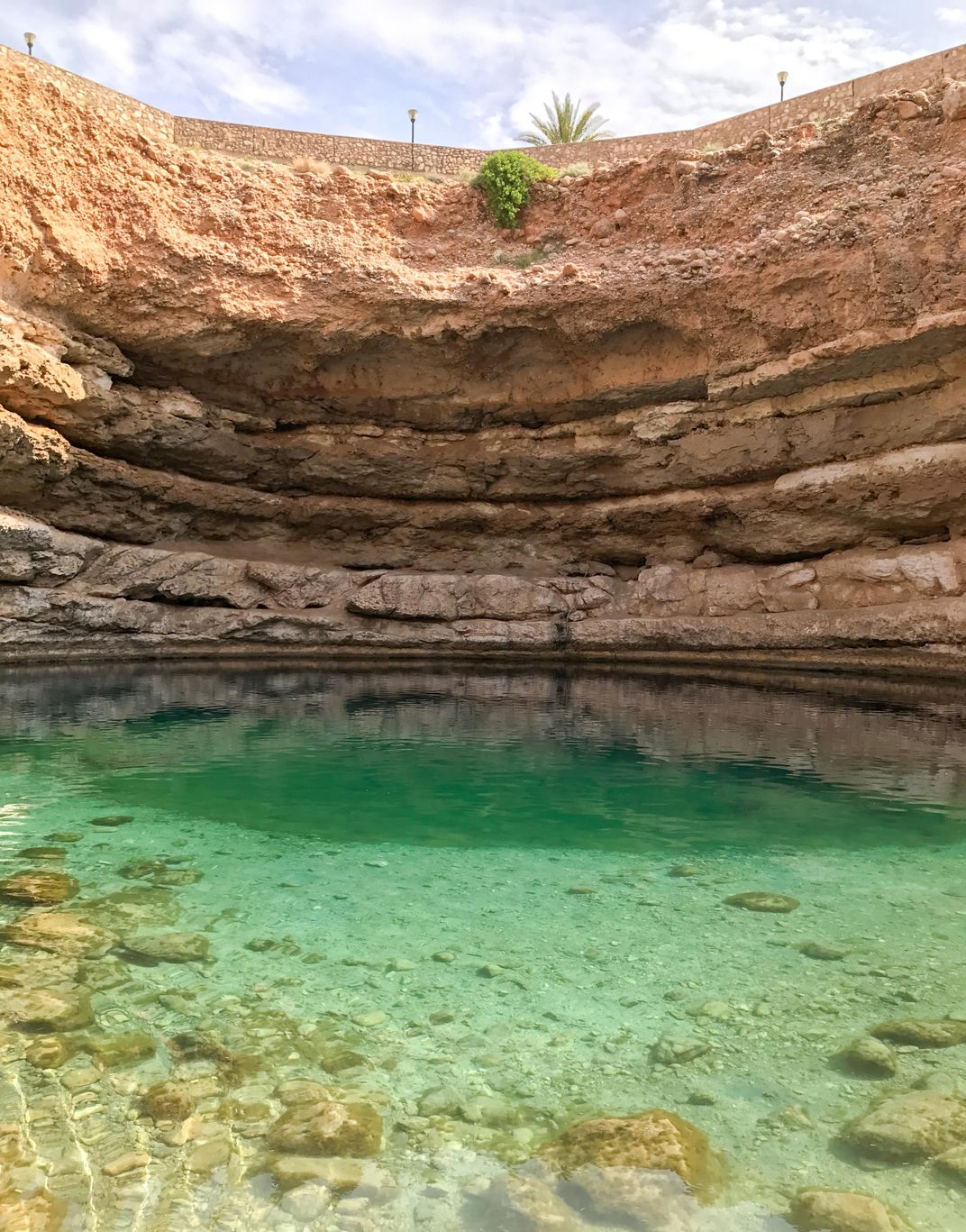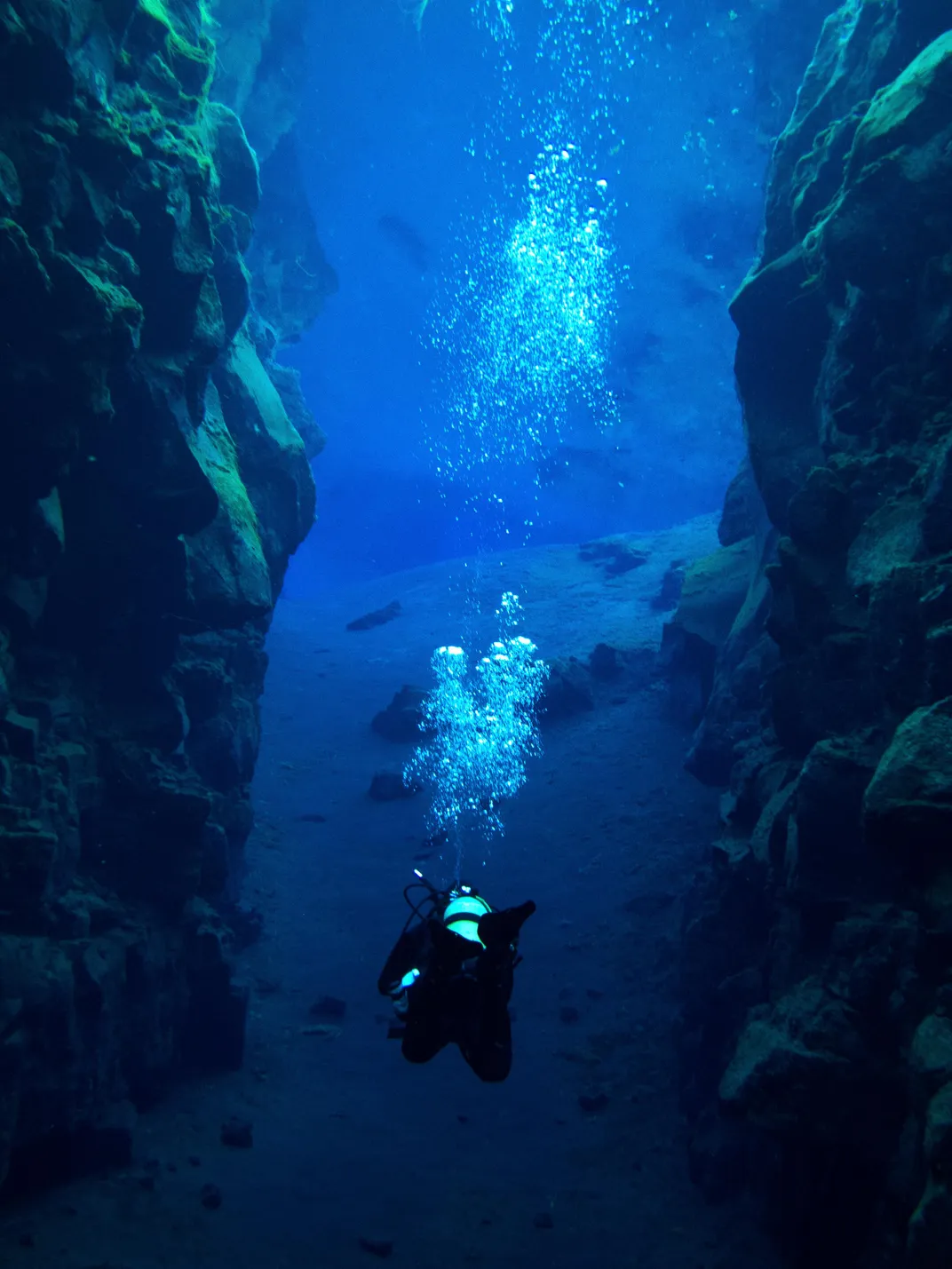Dive Into Five of the World’s Deepest Freshwater Swimming Holes
Take the plunge into some interesting geology
:focal(560x414:561x415)/https://tf-cmsv2-smithsonianmag-media.s3.amazonaws.com/filer/44/34/44340a99-a943-44f2-b6ec-40bd839dc69d/ik-kil_flickr.jpg)
Sinkholes and fissures can form without much warning, swallowing up buildings, highways, cars and anything else in their wake. While obviously devastating when they occur, many of the planet’s most famous depressions came into formation tens of thousands—even millions—of years ago, eventually filling up with water. The result for overheated summer travelers: a chance to cool off surrounded by some pretty cool geology.
Here are five of the deepest freshwater swimming holes to visit this summer.
Jacob’s Well, Wimberley, Texas

Located on an 82-acre preserve about 35 miles southwest of Austin in Wimberley, Jacob’s Well has been luring daredevils to its depths for generations. Part of a karst, a geological term for a piece of land comprised of limestone, this artesian spring contains a cave-like system of passageways that reach depths of approximately 140 feet with two caverns stretching more than 5,000 feet in length. The caves are the result of groundwater dissolving and washing away the porous limestone strata.
Over the years, several scuba divers have died after trying to navigate their way through this underwater network of tunnels—however, most visitors stick to the surface, opting to plunge feet first into its constant 68-degree waters. Jacob’s Well is open to visitors each season from May 1 through October 1.
Blue Hole, Santa Rosa, New Mexico

Standing in stark contrast to the muted sands of the surrounding desert, the Blue Hole sits 115 miles east of Albuquerque. Essentially an oasis, it formed as a result of a geological phenomenon called the “Santa Rosa Sink,” which occurred thousands of years ago when water eroded the surrounding limestone, forcing the surface to drop downwards. The result is an underwater cave system, the deepest passage of which reaches a depth of 194 feet. Today the recreation area serves as a diving center where divers and swimmers alike can explore its crystalline blue waters, which reach approximately 80 feet in depth, remain at a constant temperature of 62 degrees and maintain conditions for underwater visibility to 100 feet.
Bimmah Sinkhole, Oman

According to local legend, the Bimmah Sinkhole, located inland off the Gulf of Oman, is the result of a meteorite, which is why the turquoise oasis is named “Hawaiyat Najm,” meaning “The Falling Star” in Arabic. In reality, the 66-foot deep depression located in Hawiyat Najm Park occurred due to thousands of years of erosion that caused the collapse of a limestone cavern in the Abat and Seeb formations that make up the surrounding area. The resulting pool has drawn so many crowds over the years that a concrete staircase has been built for ease of access.
Cenote Ik-Kil, Tinúm Municipality, Yucatán, Mexico
/https://tf-cmsv2-smithsonianmag-media.s3.amazonaws.com/filer/44/34/44340a99-a943-44f2-b6ec-40bd839dc69d/ik-kil_flickr.jpg)
Many visitors come to this portion of the Yucatán to visit Chichen Itza, site of El Castillo, an ancient pyramid built by the Maya centuries ago. What many people may not realize is that only three miles to the south sits Cenote Ik-Kil, a swimming hole that formed after the limestone ceiling of a cave collapsed due to erosion. Some believe the Maya may have used this swimming hole as a place to hold sacred ceremonies and possibly even perform human sacrifice, as archaeologists have unearthed bones and jewelry there over the years. Now canopied in greenery, the cenote, which reaches a depth of more than 130 feet, is open to tours.
Silfra Fissure, Iceland

The only place in the world where divers can touch two continental plates simultaneously, Silfra Fissure in Iceland cuts 206-foot deep into the Mid-Atlantic Ridge, the longest mountain range in the world. Partially submerged by the Atlantic Ocean, the ridge formed some 150 million years ago after lava pushed upwards from the earth’s crust. It's located where the North American and Eurasian Tetonic Plates meet. Divers can brave the chilly glacier waters, which average about 35 degrees year round, and in the wintertime can even see snowflakes floating on the ocean’s surface.
Planning Your Next Trip?
Explore great travel deals
Smithsonian magazine participates in affiliate link advertising programs. If you purchase an item through these links, we receive a commission.